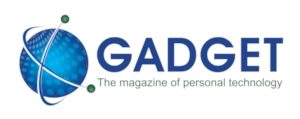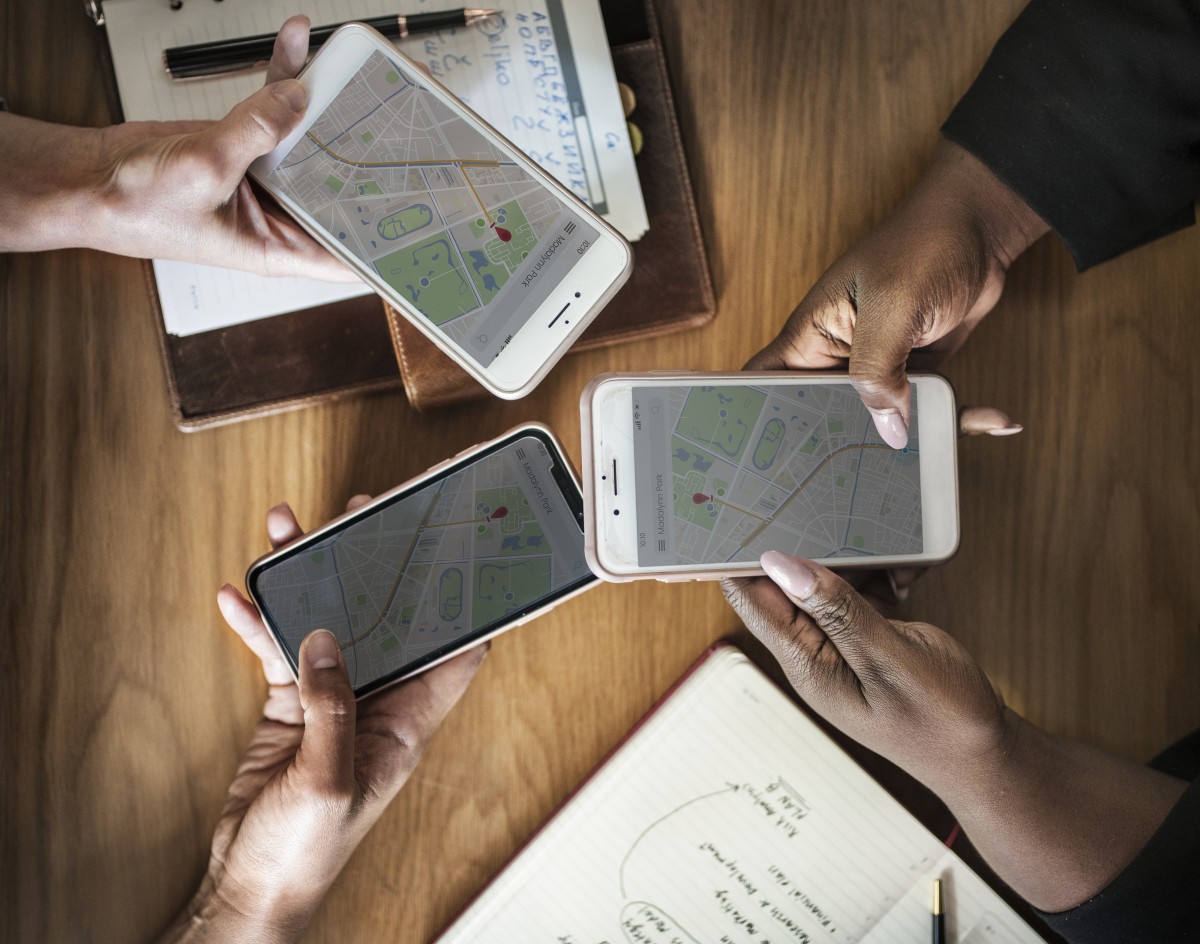Africa News
Smartphone sales resist Covid-19 across Africa
Africa’s overall mobile phone market saw shipments decline 6% quarter on quarter (QoQ) in Q2 2020, according to the latest figures announced by International Data Corporation.
Share
- Click to share on Twitter (Opens in new window)
- Click to share on Facebook (Opens in new window)
- Click to share on LinkedIn (Opens in new window)
- Click to email a link to a friend (Opens in new window)
- Click to share on Reddit (Opens in new window)
- Click to share on WhatsApp (Opens in new window)
- Click to share on Pinterest (Opens in new window)
Africa’s overall mobile phone market saw shipments decline 6% quarter on quarter (QoQ) in Q2 2020, according to the latest figures announced by International Data Corporation (IDC). The technology research and consulting services firm’s newly released Global Quarterly Mobile Phone Tracker shows that Africa’s smartphone market remained flat in Q2 2020, experiencing just 0.1% growth QoQ, while the region’s feature phone shipments declined 10.6%.
The impact of the COVID-19 pandemic on smartphone shipments has been felt differently across the region. For example, while shipments to South Africa and Nigeria declined 16.8% and 6.8%, respectively, QoQ in Q2 2020, Egypt recorded a 2.2% increase. Both South Africa and Nigeria adopted strict lockdown measures in April and May, which included the closure of non-essential businesses. By contrast, Egypt adopted a more flexible approach and allowed limited hours of business operations during the second quarter.
Transsion brands (Tecno, Itel, and Infinix) continued to lead the smartphone market in Q2 2020 with a unit share of 45.2%. Samsung and Huawei followed with respective unit shares of 19% and 8.8%. In terms of value (U.S. dollar), Transsion held 30.1% share, while Samsung accounted for 27.8% share. The average selling price (ASP) for smartphones declined 9.8% QoQ in Q2 2020, partially due to the market conditions created by the pandemic and partially due to a continuation in the declining trend of prices. The $0<$80 price band has gained notable share of the smartphone market since the start of the pandemic, growing 18.2% QoQ. The availability of such devices helped brands to cope with the weak demand and price consciousness that flourished during the pandemic.

The various lockdowns implemented during Q2 2020 led to the growth of the online distribution channel, while enforced closures caused the decline of physical retail in the region. “Despite a striking increase in online sales, the channel still only accounted for 3.2% of the total mobile phones shipped across Africa in Q2 2020,” says Ramazan Yavuz, a senior research manager at IDC. “Development of the online channel remains fragmented across the region and the infrastructure needs more investment to reach a more promising stance. While the top countries and urban centers benefited from online sales, the diffusion to a larger audience requires time.”
4G/LTE-enabled devices saw their share of smartphone shipments increase to 81.1% in Q2 2020, spurred by the declining ASP of these devices. “The absorption of 5G-enabled smartphones in the market remained below 1% as the cost of 5G devices is prohibitively high and beyond the reach of most consumers,” says George Mbuthia, a research analyst at IDC. “Also, the telecom infrastructure required to underpin 5G adoption is still undeveloped, with most countries still only conducting limited 5G trials.”
IDC expects Africa’s smartphone market to grow 4.2% QoQ in unit terms in Q3 2020 and by 4.4% year on year in 2021 as markets start to recover from the negative effects of COVID-19. With the reopening of markets, the retail channel is also expected to recover, although not to the levels it enjoyed before the pandemic.
Share
- Click to share on Twitter (Opens in new window)
- Click to share on Facebook (Opens in new window)
- Click to share on LinkedIn (Opens in new window)
- Click to email a link to a friend (Opens in new window)
- Click to share on Reddit (Opens in new window)
- Click to share on WhatsApp (Opens in new window)
- Click to share on Pinterest (Opens in new window)
| Thank you for Signing Up |

















